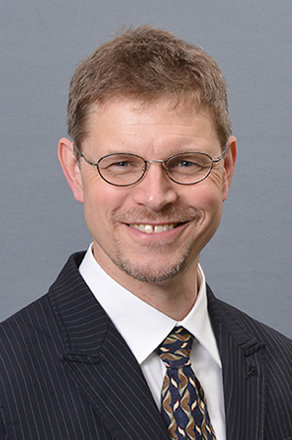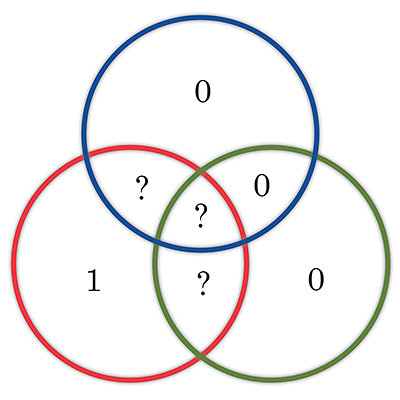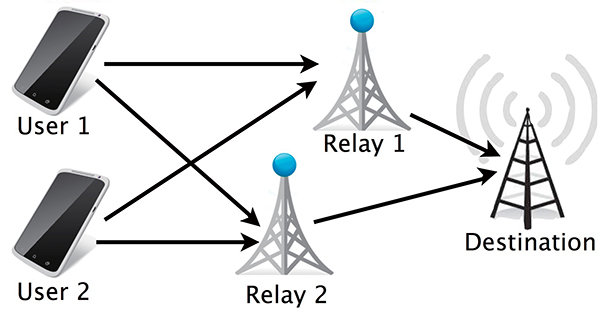
BITS: Bits of Information,
Transmitted and Stored
Laboratory on BITS – Bits of Information, Transmitted and Stored
Professor:KURKOSKI, Brian Michael
E-mail:
[Research areas]
Information theory, coding theory, communications theory
[Keywords]
reliable communications, wireless communications, data storage
Skills and background we are looking for in prospective students
We welcome students with motivation and ability in three areas.
(1) An interest in truly improving real-world systems through the practical application of mathematics, particularly linear algebra and probability
(2) Computer programming skills, such as C/C++, Java, or Matlab.
(3) Passion to use English as a technical language.
What you can expect to learn in this laboratory
Graduating students will have knowledge of fundamental methods for understanding and designing state-of-the-art communication and data storage systems. These systems are implemented as algorithms, and so students will gain understanding of mathematical techniques underlying these algorithms. Students will be able to read a paper, understand the contents, implement the algorithm in a program, and evaluate by computer simulations. Most students study and gain deep knowledge of error-correcting codes for reliable communications.
【Job category of graduates】 communications, data storage
Research outline
Information, Transmitted and Stored
Information transmission is sending data from one point to another point, for example, from the mobile phone in your hand, to a base station on the top of a building. Information storage is the sending of data from one point in time, to another point in time, for example files saved to your hard drive or SSD today can be recovered next week. Noise in the environment and unreliable storage media can corrupt signals and cause errors in data.
Information Theory and Coding Theory
The BITS Lab studies information theory and coding theory, to provide reliable communications and reliable storage of information. Information theory deals with the fundamental limits of reliable information transmission and compression. Remarkably, information can be transmitted reliably over a communications channel, even if the channel is unreliable. A central result states that the information rate R of transmission can be no greater than the channel capacity:
R <1/2 log (1 + SNR)

An error-correcting code.
for a channel with signal-to-noise ratio SNR.
Coding theory deals with error-correcting codes, a concrete method to correct some errors, and even achieve the channel capacity. One such code can be represented using three circles, as shown in the figure. The number of 1’s inside each circle must be even. The code consists of seven bits, each either a 0 or a 1. But some bits have been erased to an unknown “?”. Can you recover the original bits?
Codes for Data Storage
Data storage is at the core of the information technology revolution, from the smartphones in our hands to data centers in the cloud. Flash memory, hard disk drives and distributed storage networks combine to provide ubiquitous access to data. But these exciting new systems pose new problems of storage density, reliability and efficiency. Coding theory provides an answer.
Cooperative Wireless Communications
With the arrival of the smartphone, the demand for wireless network communications has exploded. But new electromagnetic spectrum is scarce. To increase future data rates, cooperative wireless communications is the new way forward. In cooperative wireless communications, users, relays and base stations work together to increase data rates, as shown in the figure.

A cooperative wireless network.
Key publications
- L. Liu, S. Huang, and B. M. Kurkoski, “Memory AMP,” IEEE Transactions on Information Theory, pp. 8015-8039, 2022.
- M. N. Hasan, B. M. Kurkoski, A. Sakzad, and E. Viterbo, “Steepest gradient-based orthogonal precoder for integer-forcing MIMO,” IEEE Transactions on Wireless Communications, 2020.
- T. Matsumine, B. M. Kurkoski, and H. Ochiai, “Construction D lattice decoding and its application to BCH code lattices,” in 2018 IEEE Global Communications Conference, December 2018.
Teaching policy
Our lab is a dynamic and interactive environment. Students are primarily advised in one-on-one meetings between the advisor and student. More senior students are encouraged to participate in the advising of newer students. Conversely, even Masters students are given research projects that can lead to presentations at international conferences and publications in English-language journals.
[Website] URL : https://www.jaist.ac.jp/is/labs/bits/